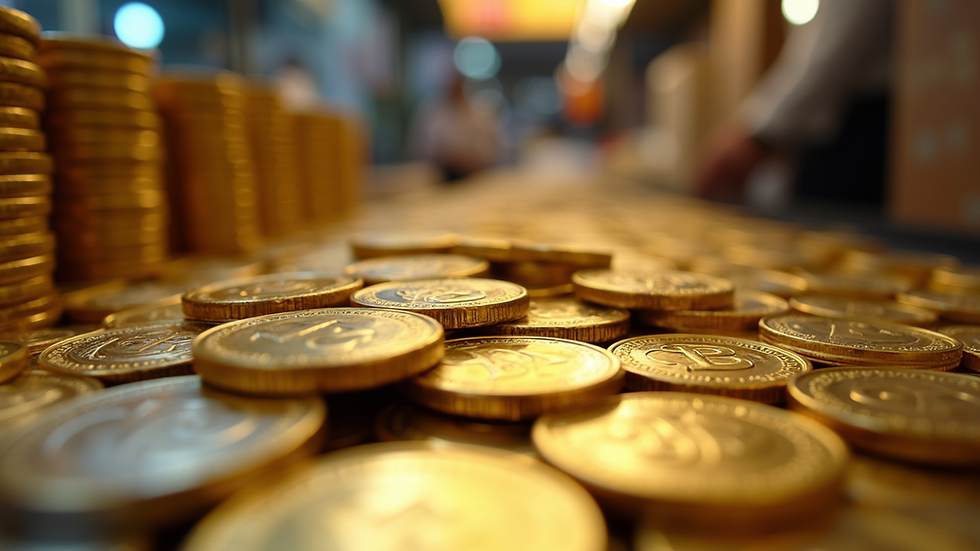Discover the Value of Gold and Silver, And Precious Metals Value in Today's Market
- Steven Bruno

- Jun 12
- 3 min read
In today's unpredictable financial landscape, many people are turning their attention to precious metals like gold and silver. As economic turmoil ensues and inflation rises, investors seek reliable assets that can offer both stability and value. This post aims to explore the current value of precious metals, specifically gold and silver, and what they mean for today's investors.
Understanding Precious Metals Value
Precious metals have long been regarded as a store of wealth but their value fluctuates based on numerous market factors. Gold, often viewed as a safe haven investment, tends to rise during economic instability. Silver, on the other hand, has both investment and industrial applications, affecting its value diversely.
Recent reports indicate that the price of gold has surged to new heights, with averages reaching around $1,800 per ounce as of late 2023. Silver isn’t far behind, hovering around $24 per ounce. The fluctuations in pricing are not just random; they are influenced by various global economic indicators such as interest rates, inflation, and geopolitical tensions.

Market Trends for Gold and Silver
To fully understand the value of gold and silver, one must look at market trends. For instance, during the COVID-19 pandemic, many investors flocked to precious metals as a safe haven amidst stock market volatility. Nearly 50% of retail investors in the U.S. reported an interest in buying gold or silver during that period.
According to data from the World Gold Council, global gold demand increased by 10% year-on-year in 2023. Silver also observed a marked increase in demand, particularly from sectors like technology and renewable energy. Industries are incorporating more silver into solar panels, electronics, and batteries, which boosts its worth.
Investors can capitalize on trends by monitoring economic reports and industry growth patterns. Understanding how market dynamics operate can help one make informed investments.

The Benefits of Investing in Precious Metals
Investing in precious metals can provide a hedge against inflation. As paper currency loses value, gold and silver often retain their purchasing power. Investors looking to secure their wealth should consider diversifying their portfolio to include these tangible assets.
Moreover, precious metals do not behave in tandem with traditional investments like stocks and bonds. This makes them a valuable addition for risk management. Statistics show that over the past two decades, gold has outperformed many traditional investments. By investing in precious metals, you might be protecting your assets while also benefiting from potential price appreciation.
For individuals seeking to invest, there are several avenues available: buying coins, bars, or even investing in mutual funds that specialize in precious metals. Each method has its pros and cons based on factors like storage, liquidity, and premiums.

Considerations When Investing
Before diving into the world of precious metals, there are several considerations to keep in mind. The first is to look for reputable dealers. Fraud can be prevalent in this space, so do your research to find verified sellers who offer transparent pricing.
Another vital aspect is the purity of the metals. For gold, it is measured in karats, with 24 karats being pure gold. For silver, it's usually determined by a fineness scale, with .999 (99.9% pure) being the standard for investment-grade bullion.
Also, understanding the market timing is crucial. Prices can shift dramatically based on economic conditions, so keeping an eye on global trends could inform better buying decisions.
In conclusion, investing in precious metals like gold and silver can be not only a smart financial move but also a way to secure your economic future. With real-time information and a keen understanding of market dynamics, investors can harness the value of these precious metals effectively.
.png)

.png)

